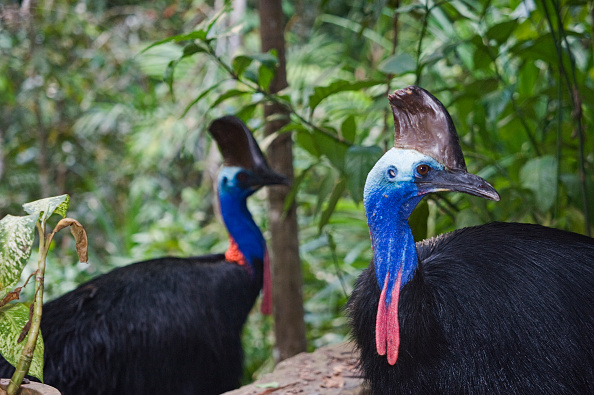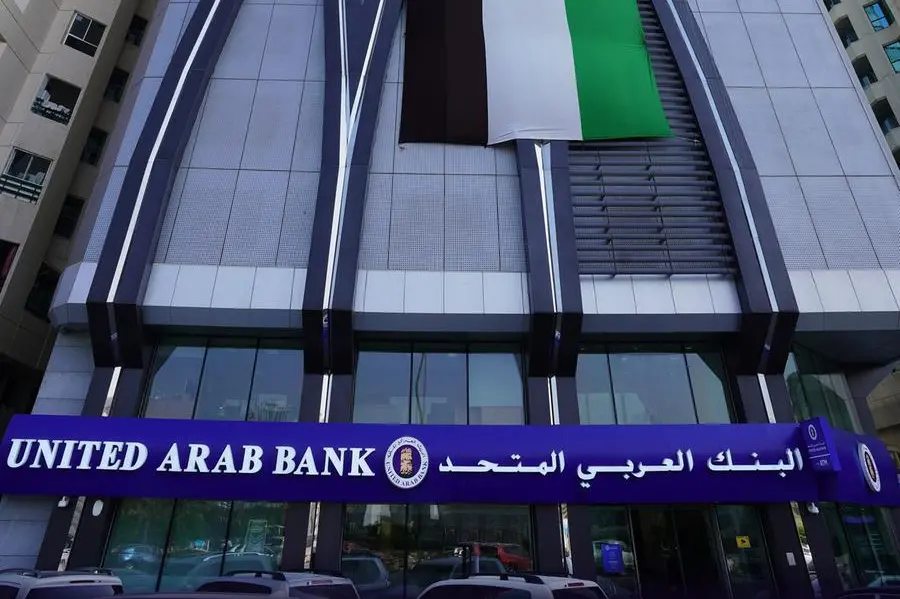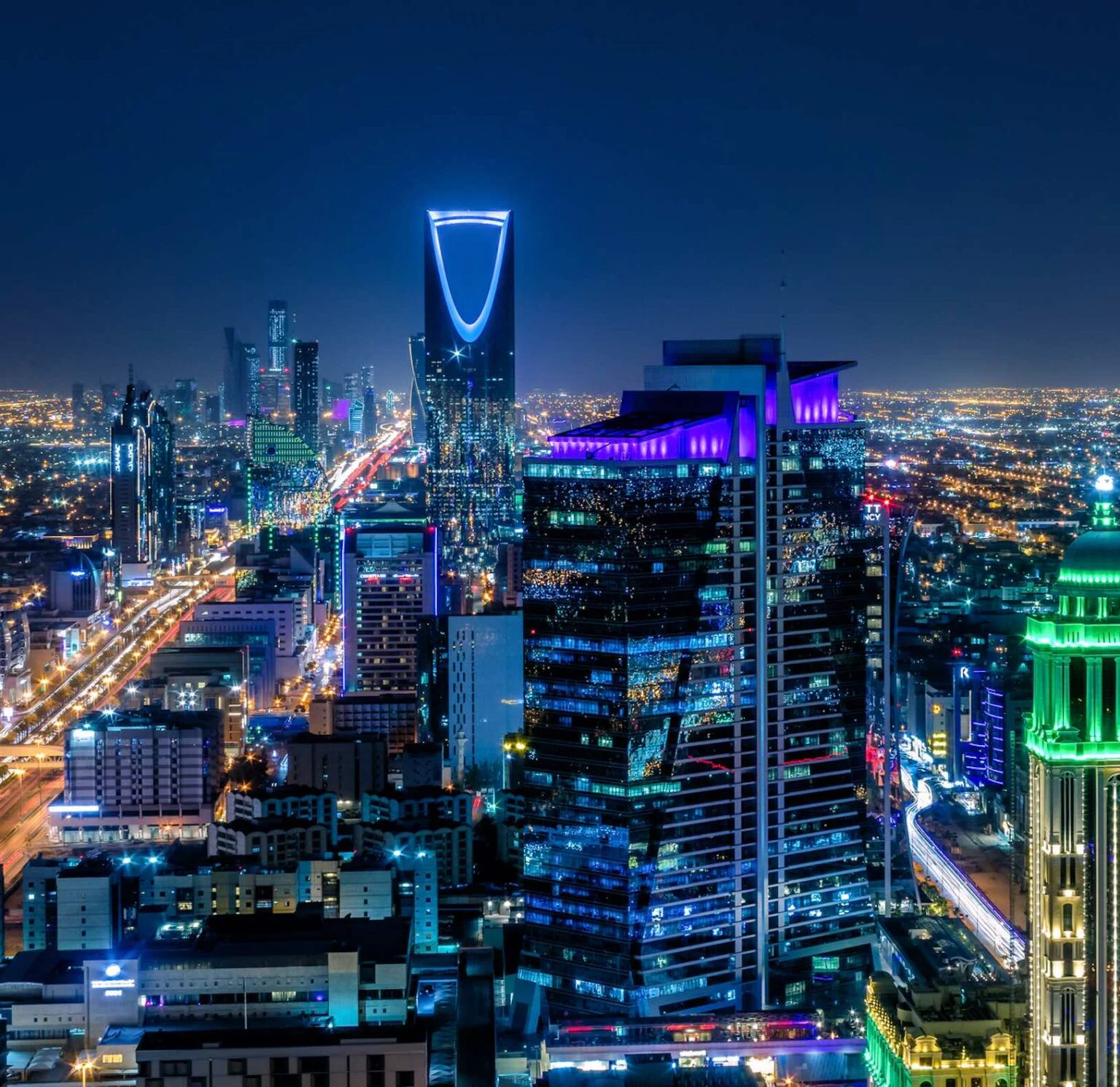Australia Wants to Turn Wilderness Restoration Into an Investable Market
Some are questioning whether there will be demand for so-called biodiversity credits
SYDNEY—Northern Australia’s tropical coast used to have a vast covering of lush rainforest that supported the cassowary, often called the world’s most dangerous bird. Now, one organization is developing a program they say will encourage landowners to reforest the area and create a habitat for native species.
Their plan: Cassowary Credits.
“The idea of the Cassowary Credit was about bringing in the large-scale investment that’s needed to really do that work to protect the valleys of the region from climate change,” said Sarah Hoyal, biodiversity and climate leader at nonprofit environmental group Terrain Natural Resource Management, which wants to sell credits to investors that are valued by how much land is restored to its native state over time.
Australia’s government has similar plans, albeit on a larger scale. On March 29, the government introduced legislation to create a nationwide market for so-called biodiversity credits, the first large advanced economy to undertake such an effort.
Australia is betting that businesses will be hungry to buy credits as they face pressure from shareholders and customers to be more socially responsible. If the market flourishes, Australia could be a model for harnessing money from the private sector to reverse environmental losses, but the plan is facing skepticism from investors and industry groups questioning how the credits will be valued and what will drive demand for them.
“Until there is an economic return, you will not get investors coming to nature projects except on a philanthropic basis, or some early stage voluntary action,” said Martijn Wilder, chief executive of Pollination, an advisory and investment company. The legislation is a good start, he said, but more needs to be done to show it can work.
Australia’s government argues that the plan offers a way for companies to invest in managing the environment without having to buy land. The market will also give landowners extra income, overcoming one of the roadblocks to conservation, and create jobs for indigenous communities that become involved in restoring the land, said Tanya Plibersek, the country’s environment minister.
Under Australia’s scheme, landowners would get a credit, in the form of a certificate, for conducting repair or preservation projects on their property. This credit can be sold on to businesses and individuals. To help these investors figure out how much each credit is worth, information such as how much land is being repaired or how long it will take will be disclosed. The credits would be tracked via a public register and overseen by a regulator.
How Australia tackles these issues could offer lessons for other countries considering ways to prevent nature loss. The U.N.’s environmental arm estimates that $384 billion annually—more than double current levels—needs to be invested by 2025 to protect against climate, biodiversity and land degradation.
Australia’s plan illustrates how some governments don’t think they can fill the funding gap alone and want the private sector to step up. Conservation efforts have largely focused on national parks or wildlife refuges. But with more than 60% of land in Australia owned privately, officials say that is no longer enough.
“We live in the extinction capital of the world—losing more mammals to extinction than any other continent,” said Ms. Plibersek.
The concept of using credits to achieve an environmental goal isn’t new. The European Union and several U.S. states allow trading in carbon credits as part of programs to reduce greenhouse gas emissions. A challenge for Australia’s scheme, however, is figuring out how to value nature itself.
“Biodiversity is inherently more complex than carbon and thus less divisible into interchangeable units,” said Dr. Jody Gunn, chief executive of the Australian Land Conservation Alliance, which represents organisations working to protect nature. “How many koalas is worth a hectare of protected rainforest?”
Some businesses will buy from the market voluntarily when it opens, but it remains to be seen that there will be enough to sustain the market in the short term, she said. That means the government would need to step in and become an active investor, Dr. Gunn said.
Ms. Plibersek said the government hasn’t decided whether to invest in nature projects, but the legislation allows it to do so.
As lawmakers figure out the mechanics of the market, some organisations are plowing ahead with separate plans to develop credits.
Wilderlands, an Australian company, sells credits for several projects, including the rehabilitation of privately owned land in South Australia state that was once used to graze cattle. The purpose of the project is to allow native animals and plants to thrive on the land, and not to use it for agriculture, said Wilderlands, which runs a marketplace for the credits. Buyers of its credits include Lendlease Group, a $3.38 billion Australian construction company, and Monash University, which wanted to showcase efforts to protect nature to its students.
In the northern tropics, much of the coastal lowland habitat of the cassowary has been cleared for farms and the growth of towns. The area is also threatened by cyclones, diseases such as avian tuberculosis and wild dogs. These threats have increasingly driven the bird, which can grow to two meters tall, to higher ground. The cassowary is listed by the government as endangered,
Restoring its lowland habitat will be a slow process. The value of Terrain’s proposed credit is tied to how the rainforest recovers at various points over 25 years. Terrain is developing its credits separately from the government’s effort to establish a national market and is awaiting further details before deciding if its own credits can be part of it.
“It will be 500 years before it’ll look like the rainforest that’s there now,” said Terrain’s Ms. Hoyal. “But it’ll be a substantial habitat at 25 years.”
 Copyright 2020, Dow Jones & Company, Inc. All Rights Reserved Worldwide. LEARN MORE
Copyright 2020, Dow Jones & Company, Inc. All Rights Reserved Worldwide. LEARN MORE
Chris Dixon, a partner who led the charge, says he has a ‘very long-term horizon’
Americans now think they need at least $1.25 million for retirement, a 20% increase from a year ago, according to a survey by Northwestern Mutual
Total income was higher by 10% year-on-year (YoY) at AED 300 million in the six-month period
United Arab Bank PJSC (UAB or “the Bank”) has announced its financial results for the six months ended 30th June 2024. UAB reported a net profit before tax of AED 152 million for H1 2024, a 26% increase compared to AED 121 million for H1 2023. The net profit after tax for H1 2024 stood at AED 139 million, up 15% from AED 121 million in the same period last year. Earnings per share rose to AED 0.07 in H1 2024 from AED 0.06 in H1 2023.
Total income increased by 10% year-on-year to AED 300 million for H1 2024, compared to AED 273 million for H1 2023, driven by a 26% increase in net interest income. The Bank’s capital position remains strong with a CET1 ratio of 13% and a total capital adequacy ratio (CAR) of 18%.
UAB‘s liquidity profile is robust, with advances to stable resources ratio of 75% and an eligible liquid asset ratio of 19%, both comfortably above regulatory thresholds. The Bank’s credit ratings were affirmed by Fitch and Moody’s at BBB+/Ba1, with stable and positive outlooks respectively.
UAB’s performance in the first half of 2024 demonstrates significant growth in total assets, increasing by 12% compared to December 2023, and reflects a strategic focus on quality and farsighted risk management. These results indicate that the Bank is well-positioned to continue its growth trajectory.
Commenting on the Bank’s performance, H.H. Sheikh Mohammed bin Faisal bin Sultan Al Qassimi, Chairman of the Board of Directors of United Arab Bank, said: “UAB’s strong performance in the first half of 2024 reflects the successful implementation of our growth strategy and reinforces our commitment to delivering sustainable value to our shareholders. We are confident that our prudent business model shall continue to deliver a solid performance and deal with the opportunities and challenges that will present themselves.”
He added: “As we move ahead into the second half of the year, we remain committed to enhancing our customers’ banking experience and contributing to the growth and prosperity of the UAE’s economy.
Shirish Bhide, Chief Executive Officer of United Arab Bank, commented: Our customer-centric approach and sustainable growth model has led to a 15% increase in net profit and a 12% growth in total assets. Our positive performance is a testament to the successful execution of our strategic priorities and clear evidence of the success of the many initiatives that have been implemented at the Bank. Going forward, we will continue investing in our growth strategy and digital capabilities, while equally focusing on developing innovative products and services that meet our customers aspirations whilst upholding the highest standards of compliance and internal controls.”
Chris Dixon, a partner who led the charge, says he has a ‘very long-term horizon’
Americans now think they need at least $1.25 million for retirement, a 20% increase from a year ago, according to a survey by Northwestern Mutual





















